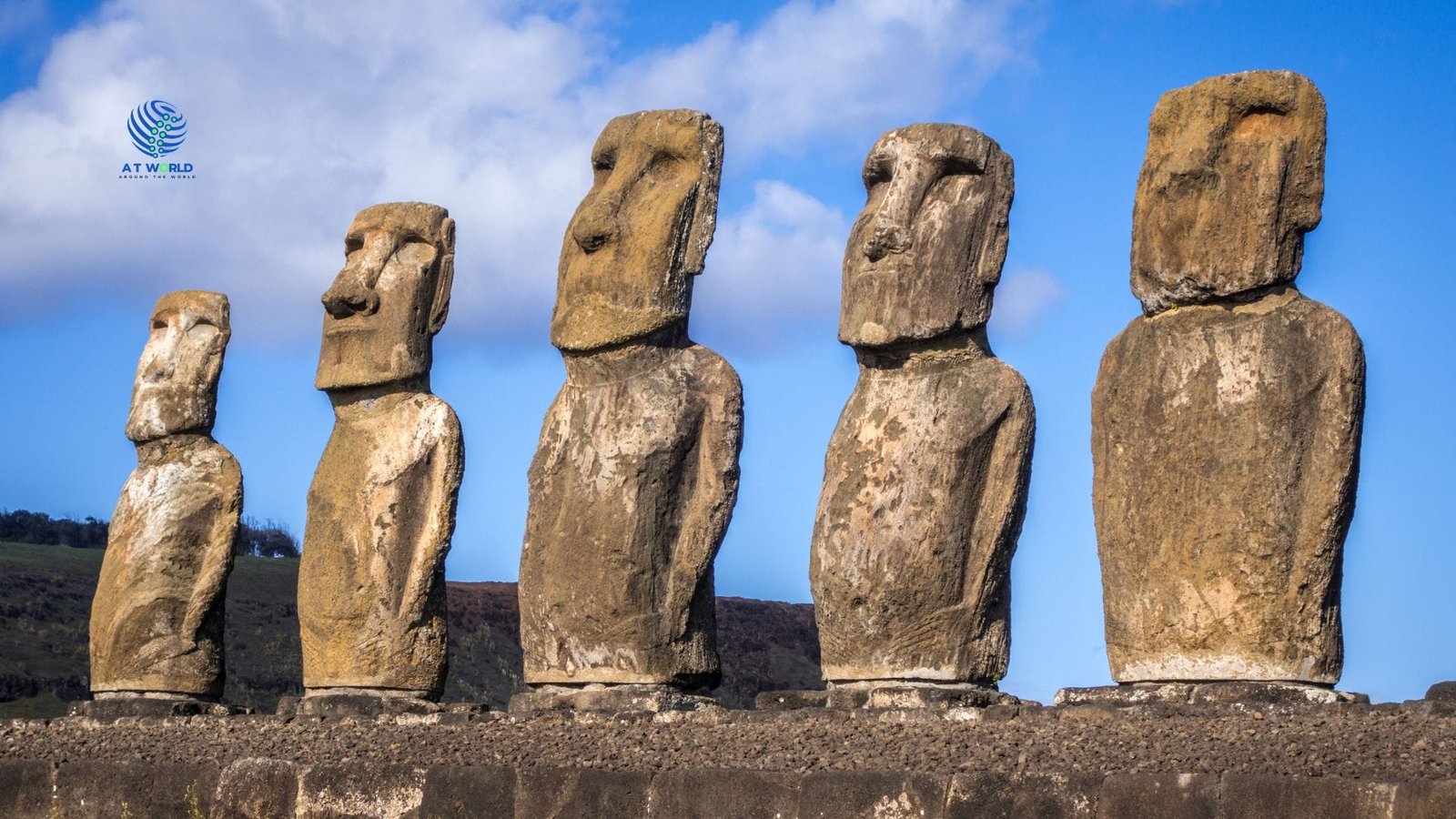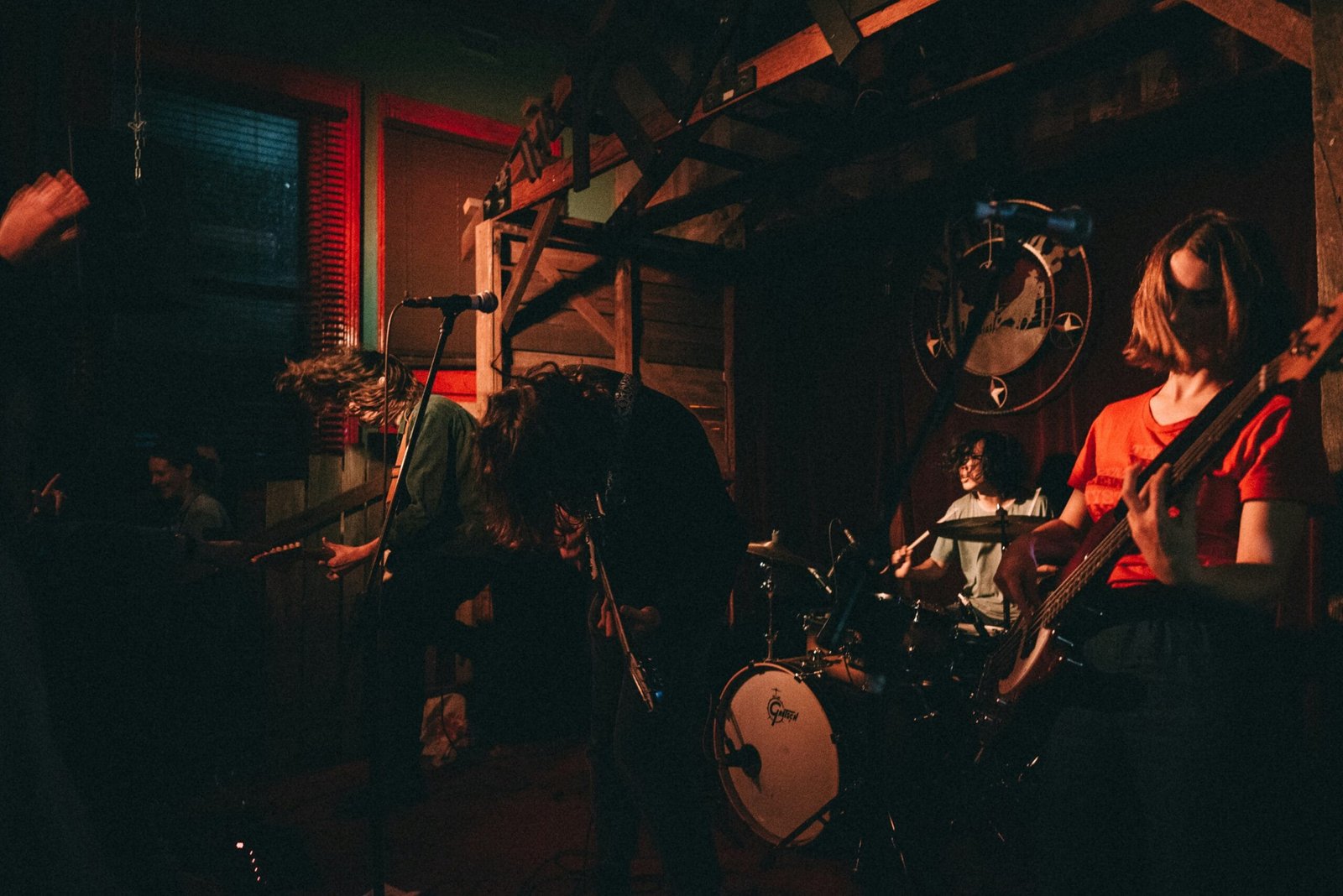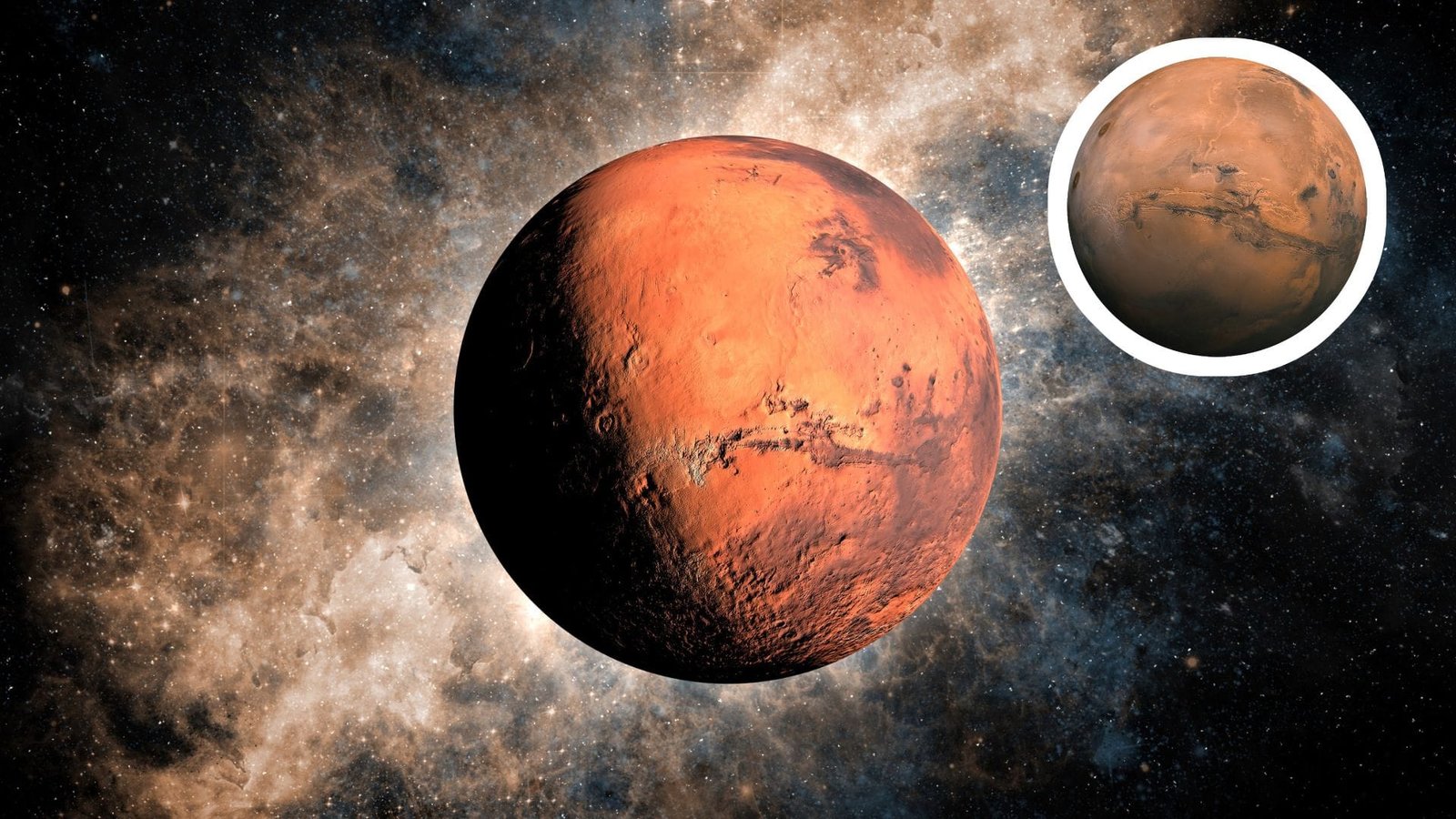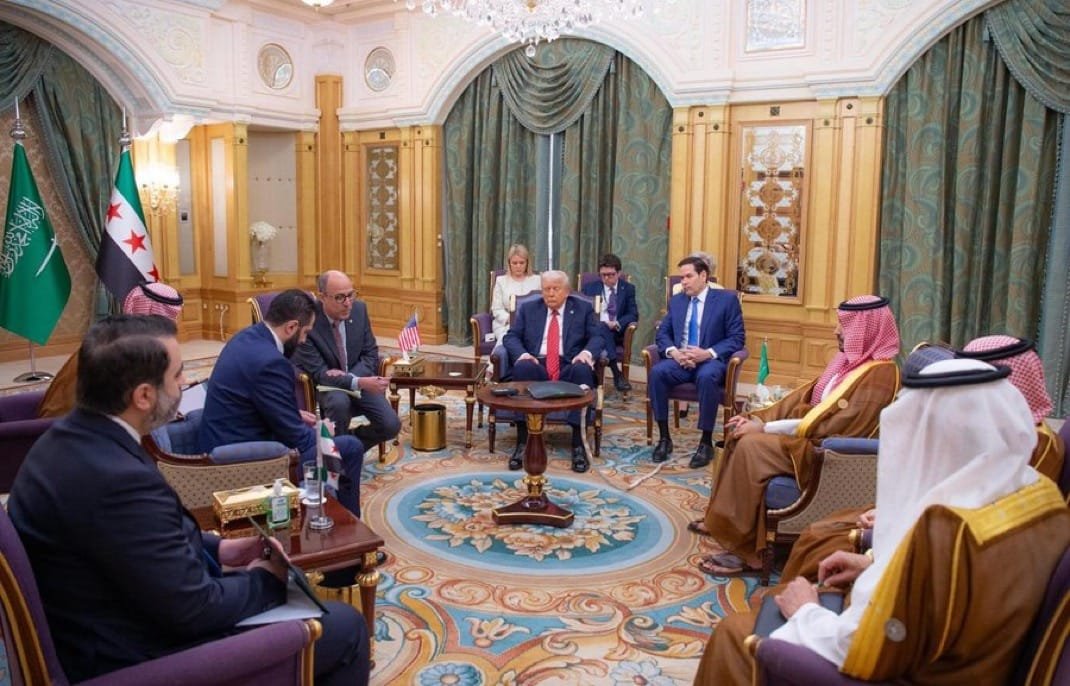
Introduction to Expensive Statues
Statues have long been a significant form of art, representing not only aesthetic beauty but also cultural, historical, and social narratives. These three-dimensional works, often crafted from stone, metal, or other materials, serve as expressions of human creativity and duality that encapsulate various values and ideas. From ancient civilizations to modern-day artists, statues reflect societal values and memorialize notable figures, events, and beliefs. As a consequence, the intrinsic worth of these works extends beyond their material components, often intertwining with the cultural narratives they depict.
The financial market for statues has evolved considerably, influenced by a variety of factors. Art collectors, investors, museums, and private institutions often drive demand for these sculptures, which can lead to astronomically priced pieces. A statue’s value can be derived from numerous elements, including the artist’s reputation, the historical context of the piece, the materials used, and even its rarity. Factors such as provenance—the history of ownership—also contribute significantly to the market value, as artworks with a storied past or previously owned by notable collectors typically command higher prices. Additionally, economic trends can shape the demand for high-value statues in ways that reflect broader financial or cultural shifts.
Understanding the implications of these factors in the pricing of statues is vital when examining some of the most expensive sculptures in the world. As we delve deeper into renowned pieces, we will uncover the stories and artistic legacies behind these immense valuations, ultimately providing insight into not only the monetary angle but also the cultural significance that such statues carry. Exploring how each statue’s individuality contributes to its financial worth will highlight the importance of contextual knowledge in appreciating the art of sculpture.
The Factors That Affect Statue Valuation
The valuation of a statue is influenced by a myriad of factors that encompass the artist’s reputation, historical significance, materials used, and provenance. Each of these elements plays a crucial role in determining the overall worth of a work of art.
Firstly, the artist’s reputation significantly impacts the value of a statue. Renowned sculptors or contemporary artists often command higher prices due to their established recognition and the perceived quality of their work. A statue created by a celebrated artist not only carries their name but also their artistic legacy, which can exponentially affect its market price. In contrast, pieces from lesser-known or emerging artists may not exhibit the same level of valuation, despite intrinsic artistic merit.
Historical significance is another critical factor in the valuation process. Statues that represent pivotal moments in history, commemorate significant individuals, or reflect cultural shifts tend to hold greater value. These pieces are often seen as vital artifacts that offer insight into human experience and societal values, making them desirable to collectors and institutions alike.
The materials used in the creation of a statue also contribute to its valuation. Statues made from rare or precious materials, such as bronze or marble, generally possess higher price points than those made from less valuable resources. The craftsmanship involved in utilizing these materials further enhances the overall worth, as expertly crafted statues are often considered masterpieces.
Lastly, provenance, or the documented history of ownership and authenticity, can greatly affect a statue’s value. A clear and reputable ownership history can boost confidence among potential buyers and collectors, providing assurance that the piece has been authenticated and cared for. In cases where provenance is ambiguous, the statue’s value may diminish, regardless of its artistic or historical significance.
Top Five Most Expensive Statues
Statues serve as a testament to human creativity and craftsmanship. The art of sculpting has given rise to some priceless masterpieces throughout history. The following are the top five most expensive statues currently recognized, showcasing their considerable financial valuation alongside their artistic significance.
1. **The Statue of Christ the Redeemer** (Rio de Janeiro, Brazil) – Valued at approximately $3 million, this iconic statue stands at 30 meters tall. Designed by Brazilian engineer Heitor da Silva Costa and built by sculptor Paul Landowski, it was erected in 1931. This statue symbolizes peace and reconciliation and is a notable landmark of Brazilian culture.
2. **David by Michelangelo** – Created between 1501 and 1504, Michelangelo’s David is estimated to be worth around $450 million. This Renaissance statue represents the biblical hero David and measures 5.17 meters tall. It has become an enduring symbol of Florentine art and culture, housed in the Accademia Gallery in Florence, Italy.
3. **The Little Prince** (by Antoine de Saint-Exupéry) – This bronze statue, created in 2014, has an appraised worth of about $100 million. Crafted by artist Jean-Philippe Richard, it celebrates the literary character from Saint-Exupéry’s beloved novella. The statue emphasizes themes of childhood innocence and imagination, capturing hearts globally.
4. **The Kiss** (by Gustav Klimt) – A sculpture based on the famous painting, it is valued at around $40 million. Created using materials like gold leaf and bronze, this work expresses a profound love and intimacy between its subjects. Klimt’s sculpture translates the rich colors of his painting into a three-dimensional form, making it an extraordinary work of art.
5. **Moses** (by Michelangelo) – Another masterpiece by Michelangelo, Moses is valued at an estimated $70 million. Carved for the tomb of Pope Julius II, this stunning sculpture captures the moment when Moses descends from Mount Sinai with the Ten Commandments. It showcases Michelangelo’s attention to detail and deep understanding of human emotion.
These remarkable statues not only represent significant financial values but also embody exceptional artistry and the enduring legacy of their creators.
The Statue of Unity: A Modern Marvel
The Statue of Unity, located in the Indian state of Gujarat, stands as a testament to modern engineering and artistic brilliance. Inaugurated on October 31, 2018, this monumental statue is dedicated to Vallabhbhai Patel, a key figure in India’s struggle for independence and the country’s first Deputy Prime Minister. With a staggering height of 182 meters, it is not just the tallest statue in the world but also a symbol of unity and national pride for India.
The construction of the Statue of Unity began in 2013 and was completed in a mere 46 months, an impressive feat that showcases the capabilities of contemporary construction techniques. The project cost approximately $430 million, making it one of the most expensive statues globally. The structure is composed of bronze cladding over a steel frame, further enhancing its durability against the harsh climatic conditions of the region.
The Statue of Unity’s valuation is further justified by its energetic ambiance and the numerous features surrounding it. The site includes a visitor center, a museum dedicated to Patel’s life, and beautifully landscaped gardens. Additionally, the statue attracts thousands of tourists each year, contributing significantly to the local economy and fostering a sense of pride among residents.
Symbolically, the statue represents the unification of India, reflecting Patel’s dedication to harnessing the nation’s diversity under a single banner. It serves as a reminder of the importance of leadership and vision in building a cohesive society. The Statue of Unity continues to inspire visitors and serves as a poignant reminder of India’s journey towards independence and unity.
Historical Statues and Their Legacy
The world of art and historical preservation is often intertwined with the existence of statues, many of which carry immense value both financially and culturally. Statues that originate from ancient civilizations continue to command attention and admiration, serving as tangible links to the past. These historical statues not only reflect the artistry of their time but also embody the socio-political narratives that shaped their creation.
One prominent example is the statue of David, crafted by Michelangelo in the early 16th century. This masterpiece, representing the biblical character of David, transcends mere artistic achievement; it symbolizes the Florentine Republic’s values of strength and civic pride. Due to its historical significance and artistic mastery, the statue’s worth has skyrocketed, making it an invaluable asset to cultural heritage. Statues like David encapsulate the legacy of Renaissance art, making them central figures in discussions of historical and monetary value.
Another remarkable instance can be seen in the Moai statues of Easter Island, known for their imposing size and enigmatic presence. These monolithic structures represent the Rapa Nui people’s ancestral spirits and their deep cultural beliefs. Over time, the Moai have garnered both academic interest and tourism, which significantly increases their perceived value. Their historical context highlights the spiritual and cultural significance attributed to them, underpinning the diversity of ways in which statues can be revered across cultures.
The intersection of art, history, and value manifests vividly in these examples, illustrating how statues serve not only as aesthetic objects but also as vital components of cultural identity and heritage. As such, their historical contexts and cultural impacts play crucial roles in determining their worth and legacy, a theme that resonates throughout the global art market.
The Role of Auctions in Statue Valuation
The auction process plays a pivotal role in determining the market value of sculptures and other valuable art pieces. Auctions offer a platform where collectors and sellers come together, facilitating the bid for an item that often results in record-breaking sales. The unique dynamics inherent in auctions can significantly influence the final sale price of a statue, reflecting not just its artistic merit, but also market demand, provenance, and contemporary cultural trends.
Several renowned auction houses, such as Sotheby’s and Christie’s, have hosted sales that have reshaped the landscape of art valuation. For example, the sale of Alberto Giacometti’s “L’Homme au doigt” at Sotheby’s in 2015, which fetched a staggering $141.3 million, set a new record for the most expensive sculpture ever sold at auction. Such monumental sales can create a ripple effect in the art market, as they redefine perceived values of similar artworks and lead to increased interest from collectors and investors alike.
The bidding process during auctions further contributes to the valuation of statues. Competitive bidding can often lead to significant price escalations, especially when multiple bidders are vying for a single piece. Additionally, the atmosphere of an auction can instill a sense of urgency among bidders, sometimes resulting in impulsive purchases that exceed expected prices. The interplay between collectors’ psychology, as well as the strategic maneuvers of art dealers, can lead to fluctuating market dynamics that impact the valuation of sculptures.
Overall, auctions function not just as a sales platform, but as a crucial mechanism for establishing the market value of statues. Understanding how the auction process works, alongside the historical significance of sold pieces, can provide deeper insights into the valuation of contemporary and classic sculptures alike. In summary, auctions remain an essential factor in defining the worth of sculptures, showcasing the delicate balance of art, demand, and pricing mechanisms in the global art market.
Controversies Surrounding Expensive Statues
The world of art, particularly when it comes to high-value statues, is often shrouded in controversy. One primary issue revolves around authenticity. With the continuous rise in value of certain sculptures, there are frequent allegations regarding forgeries and misattributions. Notable cases have surfaced where statues initially believed to be original artifacts later emerged as reproductions or replicas, ultimately calling into question the integrity of the art market. These authenticity debates not only affect the monetary value of the pieces but also challenge the historical narratives surrounding them.
Ownership disputes are another significant aspect of the controversies associated with expensive statues. Many artworks, especially those with historical significance, have murky provenance, which often leads to complex legal battles. Statues taken during colonial times or those looted during conflicts frequently surface in contemporary collections, igniting discussions over cultural heritage and rightful ownership. The ongoing debates surrounding the return of such artifacts to their countries of origin highlight the ethical dilemmas faced by collectors and institutions alike. This complex web of ownership rights complicates the valuation of statues, as their legal status can drastically alter their market value.
Moreover, the ethics of art valuations in a modern context adds another layer to these controversies. The art market is often critiqued for its role in promoting exclusivity and wealth disparity. As wealthy individuals and corporations acquire expensive statues, discussions about the morality of such transactions are essential. Critics argue that the astronomical prices of these artworks create a divide, effectively restricting access to cultural treasures. This raises fundamental questions: Should art be a privilege for the elite, or is it a shared cultural heritage that ought to be accessible to all? As we navigate these concerns, it becomes evident that the realm of expensive statues is not solely about artistry or financial worth but is intricately linked to complex social values and historical context.
Future Trends in Statue Collecting
The landscape of statue collecting is continually evolving, reflecting broader trends in the art market and societal interests. As collectors seek to diversify their portfolios, notable shifts are occurring in the types of sculptures that are gaining traction and value. One emerging trend is the increasing appreciation for contemporary and modern sculptures, particularly those that incorporate innovative materials and techniques. The blend of traditional craftsmanship with contemporary aesthetics is capturing the attention of both seasoned collectors and new investors.
The growing focus on sustainability and environmental issues is influencing the types of materials used in sculpture creation, which is subsequently affecting collectible value. Artists utilizing recycled or eco-friendly materials are being celebrated for their contributions to sustainability. This shift not only fosters a deeper connection between art and environmental awareness but also attracts collectors who prioritize socially responsible investments.
In terms of specific styles, sculptures that provoke thought or challenge societal norms are becoming increasingly desired. Conceptual art pieces that embody a social or political message resonate deeply within collector circles. Furthermore, interactive and immersive sculptures—those that invite viewer participation or engagement—are also gaining prominence. Collectors are identifying these dynamic works as not only artistic but also significant cultural statements which could appreciate in value over time.
Investors should remain vigilant about upcoming artists whose work demonstrates potential for future relevance. Emerging talent is often overlooked, yet many young artists are producing remarkable pieces that challenge artistic conventions. Keeping an eye on art fairs, exhibitions, and digital platforms can provide insights into who the next big names may be. As the market adapts to reflect cultural sentiments, choosing the right sculptures will require a blend of aesthetic appreciation, social understanding, and financial foresight, making future trends in statue collecting an exciting realm to explore.
Conclusion: The Enduring Allure of Statues
Statues have profoundly shaped art history, serving as powerful symbols of cultural values, historical narratives, and artistic innovation. These three-dimensional forms not only capture the essence of human expression but also reflect the societies from which they emerge. The enduring allure of statues can be attributed to their multifaceted roles as both artistic masterpieces and tangible representations of shared cultural heritage. Throughout history, we observe how statues have transcended mere decoration to serve as pivotal elements in the understanding of social and political contexts.
The emotional resonance of these sculptures often elicits a strong connection from viewers, allowing them to engage with the story behind each piece. This enchantment is not solely based on their aesthetic appeal but also stems from the narratives they embody—be it commemorating significant events, honoring influential figures, or representing divine beings in various cultural traditions. As such, statues evoke introspection and appreciation, inviting observers to contemplate their historic and artistic significance.
Collecting statues remains a cherished pursuit for art lovers and collectors alike, motivated by both personal passion and investment potential. The highest valued statues often achieve staggering financial milestones, reflecting their perceived cultural and historical importance within the art market. The investment in these remarkable pieces highlights how they inspire admiration while providing insight into the artistic trends and societal values of their time.
In conclusion, the world of statues continues to captivate audiences across the globe, as they remain timeless artifacts that bridge the past and present. Their blend of artistic merit and historical significance ensures that they will persist as pivotal markers within human civilization, inspiring future generations to explore their cultural narratives and emotional depth.






